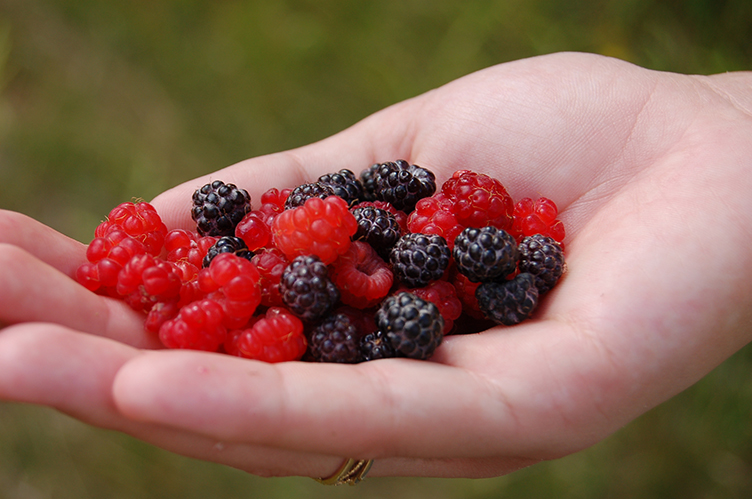Gout diet: What’s allowed, what’s not
Definition
Gout, a painful form of arthritis, occurs when high levels of uric acid in the blood cause crystals to form and accumulate around a joint.
Uric acid is produced when the body breaks down a chemical called purine. Purine occurs naturally in your body, but it’s also found in certain foods. Uric acid is eliminated from the body in urine.
A gout diet may help decrease uric acid levels in the blood. While a gout diet is not a cure, it may lower the risk of recurring painful gout attacks and slow the progression of joint damage. Medication also is needed to manage pain and to lower levels of uric acid.
Purpose
A little history
Gout has been associated for centuries with overindulgence in meats, seafood and alcohol. The condition was, in fact, considered a disease of the wealthiest people — those who could afford such eating habits. And long before the cause of gout was understood, doctors had observed some benefit of a restricted diet on gout management.
For many years, treatment for gout focused on eliminating all foods that had moderate to high amounts of purine. The list of foods to avoid was long, which made the diet difficult to follow.
Current understanding
More recent research on gout has created a clearer picture of the role of diet in disease management. Some foods should be avoided, but not all foods with purines should be eliminated. And some foods should be included in your diet to control uric acid levels.
The purpose of a gout diet today is to address all factors related to disease risk and management. Above all, the goals are a healthy weight and healthy eating — a message that applies to lowering the risk of many diseases.
Diet details
The general principles of a gout diet are essentially the same as recommendations for a balanced, healthy diet:
- Weight loss. Being overweight increases the risk of developing gout, and losing weight lowers the risk of gout. Research suggests that reducing the number of calories and losing weight — even without a purine-restricted diet — lowers uric acid levels and reduces the number of gout attacks. Losing weight also lessens the overall stress on joints.
- Complex carbs. Eat more fruits, vegetables and whole grains, which provide complex carbohydrates. Avoid foods such as white bread, cakes, candy, sugar-sweetened beverages and products with high-fructose corn syrup.
- Water. Keep yourself hydrated by drinking water. An increase in water consumption has been linked to fewer gout attacks. Aim for eight to 16 glasses of fluids a day with at least half of that as water. A glass is 8 ounces (237 milliliters). Talk to your doctor about appropriate fluid intake goals for you.
- Fats. Cut back on saturated fats from red meats, fatty poultry and high-fat dairy products.
- Proteins. Limit daily proteins from lean meat, fish and poultry to 4 to 6 ounces (113 to 170 grams). Add protein to your diet with low-fat or fat-free dairy products, such as low-fat yogurt or skim milk, which are associated with reduced uric acid levels.
Recommendations for specific foods or supplements include the following:
- High-purine vegetables. Studies have shown that vegetables high in purines do not increase the risk of gout or recurring gout attacks. A healthy diet based on lots of fruits and vegetables can include high-purine vegetables, such as asparagus, spinach, peas, cauliflower or mushrooms. You can also eat beans or lentils, which are moderately high in purines but are also a good source of protein.
- Organ and glandular meats. Avoid meats such as liver, kidney and sweetbreads, which have high purine levels and contribute to high blood levels of uric acid.
- Selected seafood. Avoid the following types of seafood, which are higher in purines than others: anchovies, herring, sardines, mussels, scallops, trout, haddock, mackerel and tuna.
- Alcohol. The metabolism of alcohol in your body is thought to increase uric acid production, and alcohol contributes to dehydration. Beer is associated with an increased risk of gout and recurring attacks, as are distilled liquors to some extent. The effect of wine is not as well-understood. If you drink alcohol, talk to your doctor about what is appropriate for you.
- Vitamin C. Vitamin C may help lower uric acid levels. Talk to your doctor about whether a 500-milligram vitamin C supplement fits into your diet and medication plan.
- Coffee. Some research suggests that moderate coffee consumption may be associated with a reduced risk of gout, particularly with regular caffeinated coffee. Drinking coffee may not be appropriate for other medical conditions. Talk to your doctor about how much coffee is right for you.
- Cherries. There is some evidence that eating cherries is associated with a reduced risk of gout attacks.
A sample menu
Here’s a look at what you might eat during a typical day on a gout diet:
Breakfast
- Whole-grain, unsweetened cereal with skim or low-fat milk
- 1 cup fresh strawberries
- Coffee
- Water
Lunch
- Roasted chicken breast slices (2 ounces) on a whole-grain roll with mustard
- Mixed green salad with balsamic vinegar and olive oil dressing
- Skim or low-fat milk
- Water
Afternoon snack
- 1 cup fresh cherries
- Water
Dinner
- Roasted salmon (3-4 ounces)
- Roasted or steamed green beans
- 1/2 cup whole-grain pasta with olive oil and lemon pepper
- Water
- Low-fat yogurt
- 1 cup fresh melon
- Caffeine-free beverage, such as herbal tea
Reprinted from The Mayo Clinic : http://www.mayoclinic.org/healthy-living/nutrition-and-healthy-eating/in-depth/gout-diet/art-20048524?pg=1






Add Your Voice
0 Comments
Join the Discussion